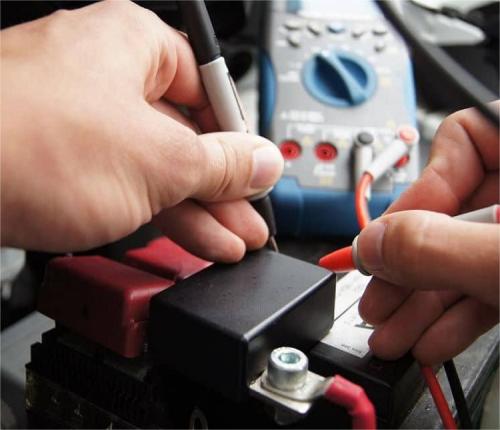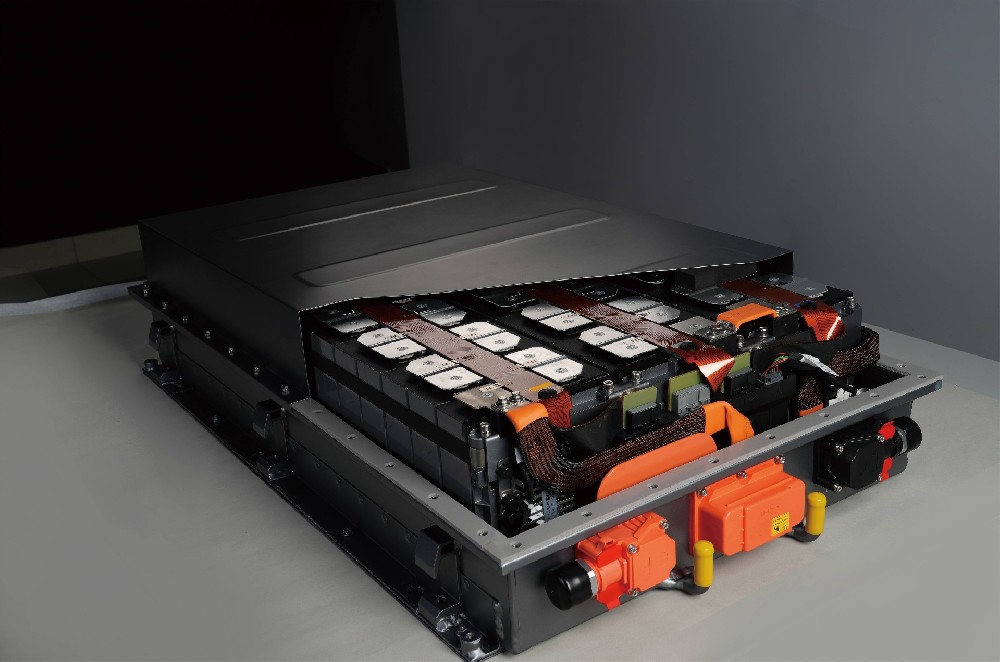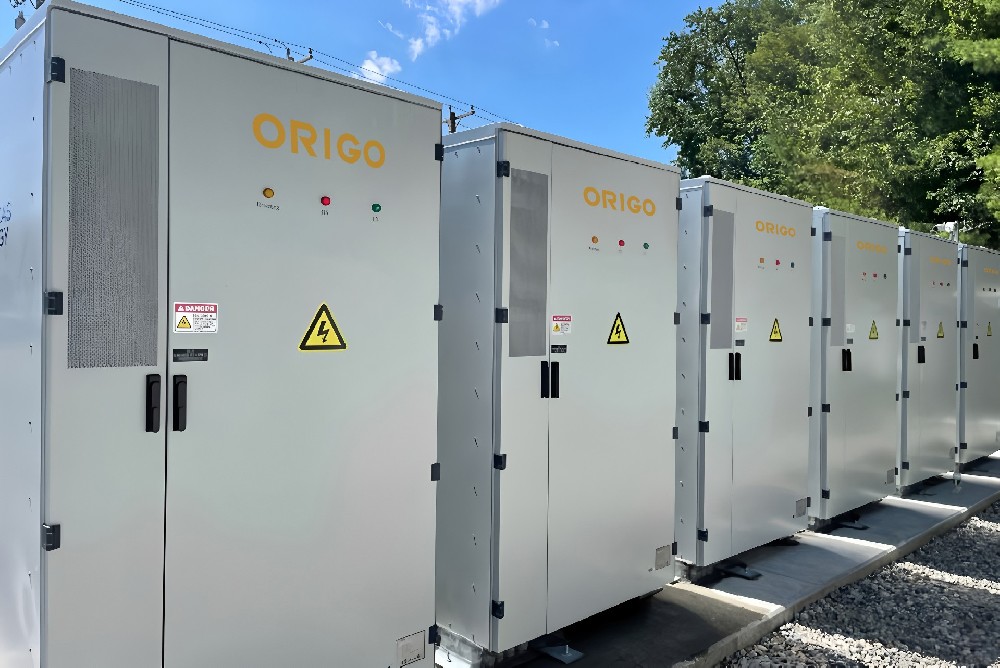Lithium-Ion Battery Care Guide
Energy storage battery cabinets are integral components of energy storage systems. Their operation on the grid side involves energy charge/discharge management, system protection, and coordination with the grid. Below are the key steps and considerations for operating energy storage battery cabinets on the grid side:
1. Pre-Startup Checks
Equipment Status
Ensure the battery cabinet is in standby mode.
Check the battery modules, electrical connections, and cooling system for normal operation and the absence of alarms.
Verify that the DC bus voltage is within the normal range and the system is properly grounded.
External Conditions
Confirm that grid voltage and frequency are stable and meet interconnection requirements.
Ensure distribution panel breakers and protection devices are in good condition.
Check that the communication system (e.g., EMS/BMS) is functional and commands are accessible.
2. System Startup
Preparation for Grid Connection
Close the grid-side circuit breaker to establish the connection between the grid and the storage system.
Start the power conversion system (PCS) and complete grid self-checks.
Activate the energy storage battery cabinet and confirm it is in operational status.
Select Grid Connection Mode
Peak Shaving and Valley Filling: Set a charge/discharge plan to store energy during off-peak hours and discharge during peak demand.
Frequency Regulation: Dynamically adjust battery output power based on grid frequency deviations.
Voltage Regulation: Support grid voltage stability.
Backup Power Mode: Provide emergency power during grid outages.
3. Operation During Runtime
Energy Management
Charging: Charge the battery using a constant current or constant voltage mode based on grid instructions.
Discharging: Discharge the battery at constant power or in tracking mode as required by the grid.
Status Monitoring: Continuously monitor battery status (SOC, SOH), temperature, and current fluctuations.
Load Management
Adjust the power output of the storage system according to grid load demands for optimal energy distribution.
Avoid overloading or prolonged high-power operation to extend battery lifespan.
Safety Protection
Overcharge Protection: Automatically stop charging when SOC approaches 100%.
Overdischarge Protection: Cease discharging when SOC nears the lower limit.
Temperature Protection: Monitor battery temperature and activate cooling or shutdown if needed.
Fault Isolation: Immediately disconnect the system during overvoltage, overcurrent, or short-circuit conditions.
4. Shutdown and Maintenance
Normal Shutdown
Sequentially shut down the battery cabinet and disconnect the DC output.
Stop PCS operation and disconnect from the grid.
Turn off all power switches to ensure the system is completely powered down.
Routine Maintenance
Inspect battery cells for consistency (voltage, capacity, temperature).
Clean the battery cabinet interior and ensure proper ventilation.
Test the reliability of protective devices and calibrate sensors and monitoring equipment.
5. Key Considerations
Follow Protocols: Operate strictly according to technical specifications for the battery cabinet and grid connection.
Real-Time Monitoring: Use the EMS/BMS system for real-time operational data to avoid anomalies.
Ensure Safety: Wear appropriate insulated protective gear during operations to guarantee personnel safety.
My company has launched the Origo high-voltage rack mounted energy storage system, which effectively matches various inverter brands in the market, is easy to operate, and has efficient energy storage, suitable for use by various groups of people.






